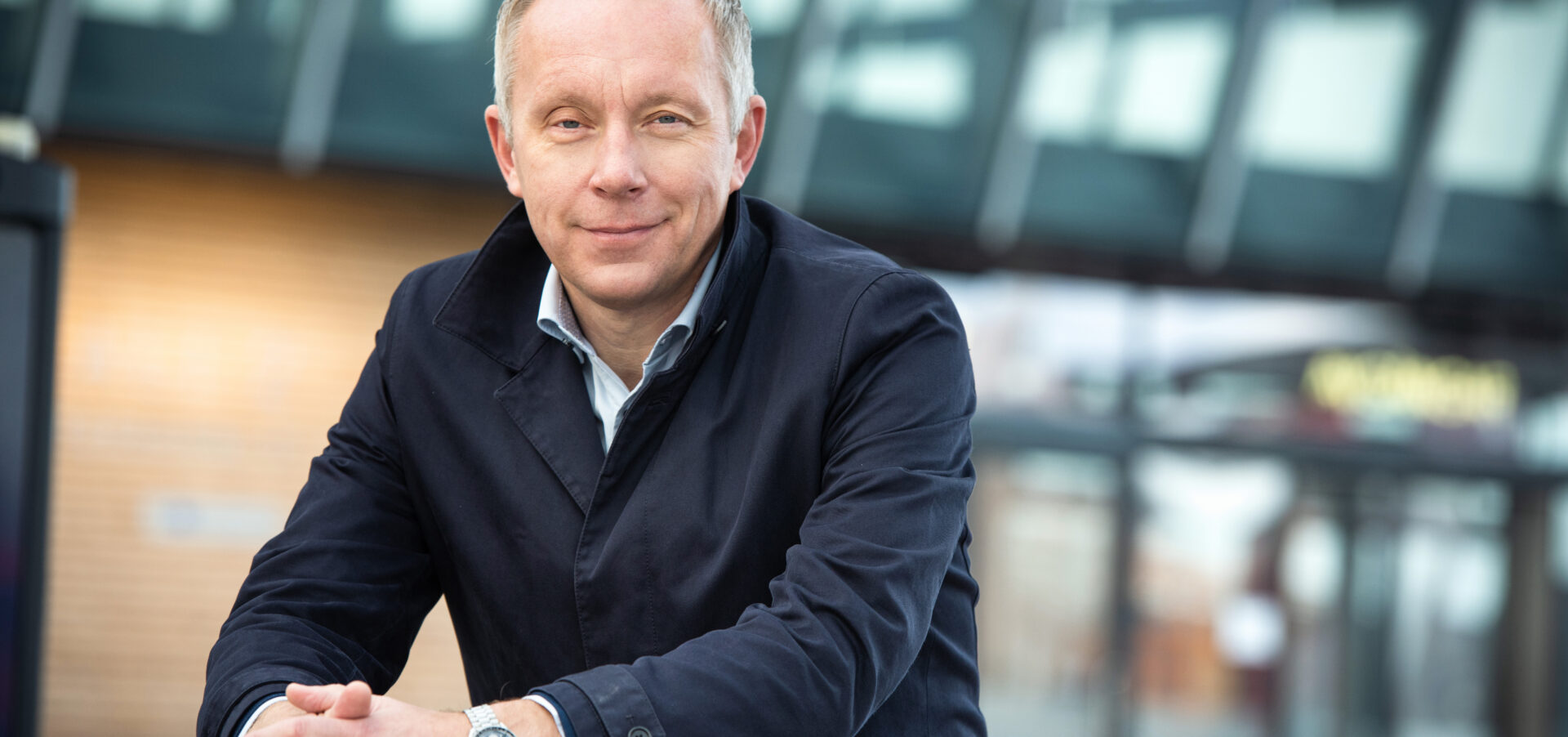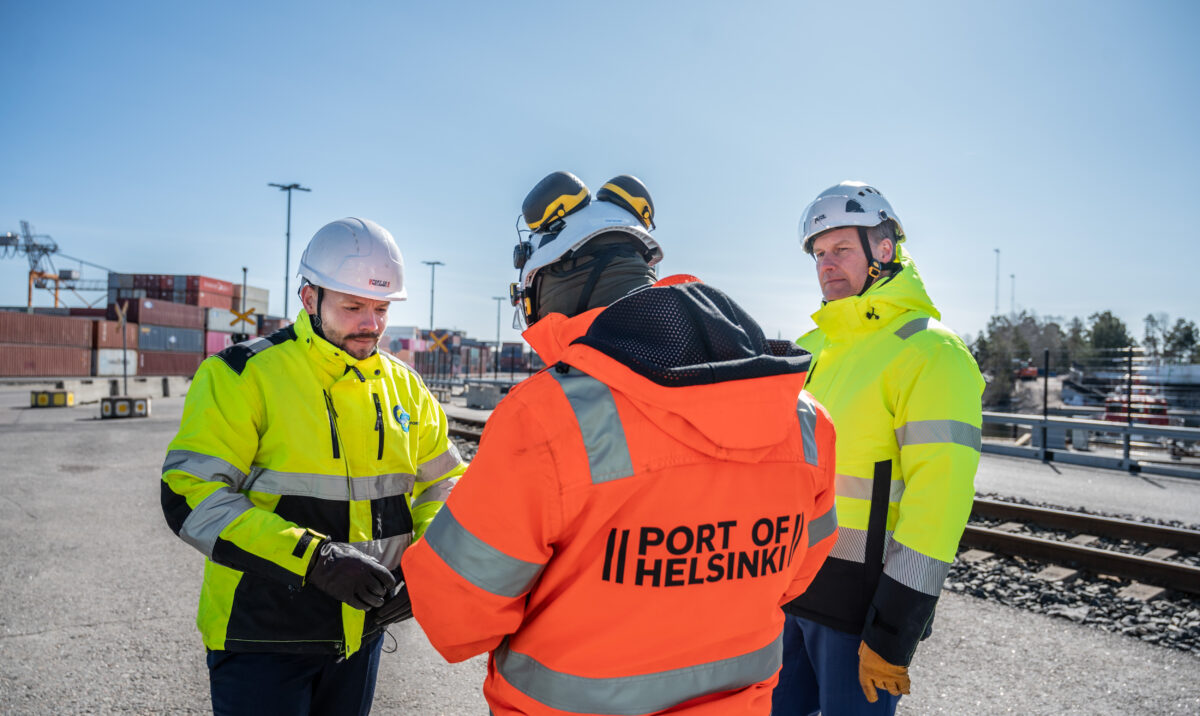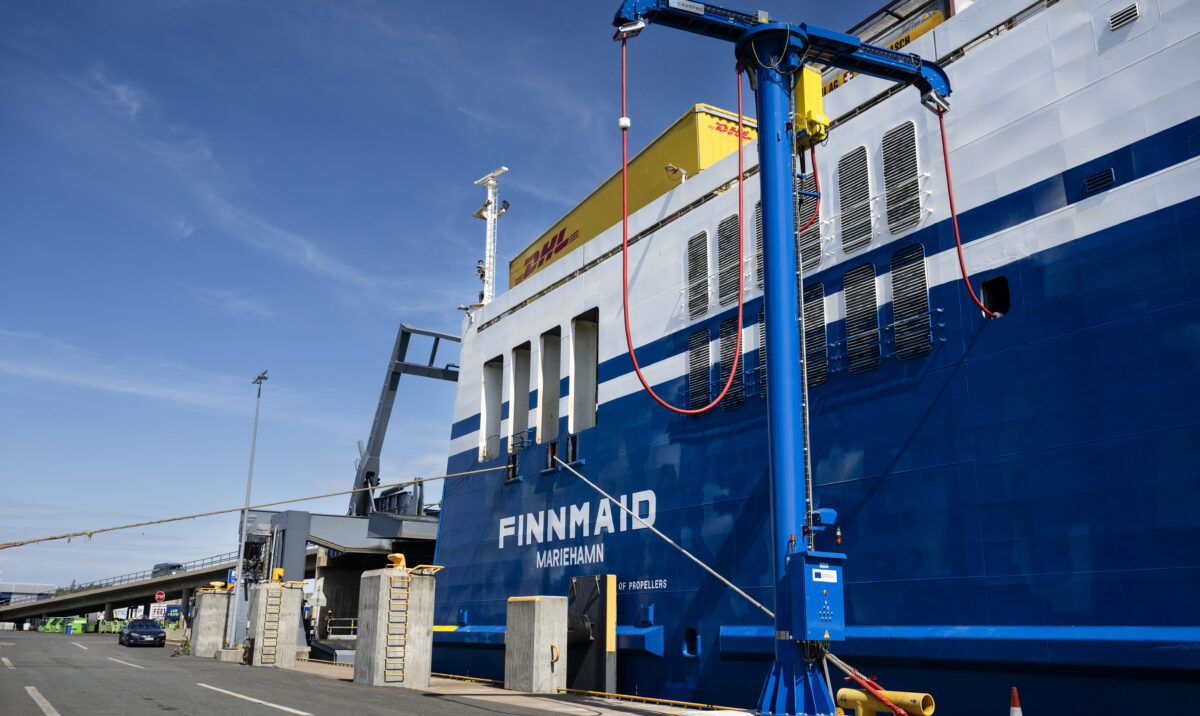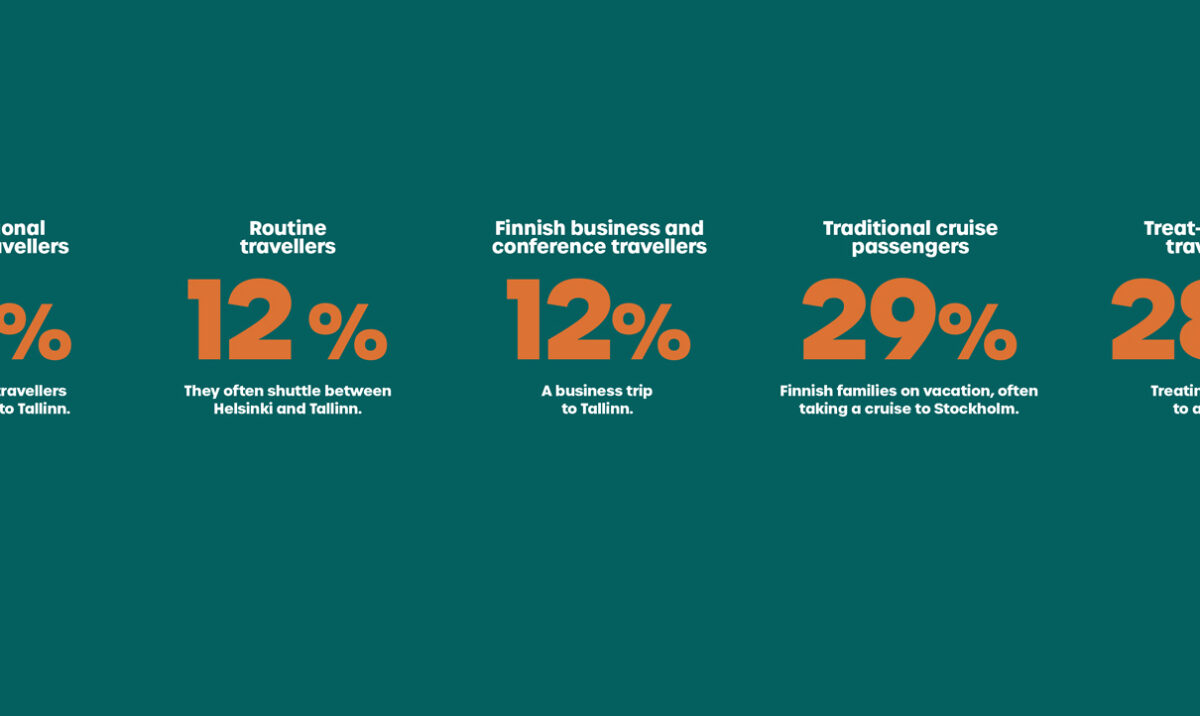
Ports are electrifying fast
The Port has met its own targets for reducing carbon emissions, and is now focusing on helping its customers, partners and stakeholders to develop low-carbon solutions.
Agreement on employment terms brings much-needed stability
After two consecutive winters of strikes, the logistics sector is breathing a sigh of relief, as the highly anticipated port strikes were avoided this year. The issue had been a major concern for port customers since the autumn, so the 2+1 year collective agreement for the stevedoring sector was warmly welcomed. It also means that there is no need to worry about strikes this coming winter either.
In a rapidly changing operating environment, it is vital to ensure that the export industry’s competitiveness is not eroded by disputes that are within Finland’s power to control.
Climate action interim goal achieved
We reached an important milestone in early 2025, when the Port of Helsinki achieved its own carbon neutrality target. Our carbon neutrality programme has included a whole host of measures, including the use of solar panels to improve the energy efficiency of terminals and LED lighting for buildings and harbour areas. The biggest single change has been a shift towards zero-emission sources for all purchased energy, including district heating. The Port will also acquire a small number of voluntary emission credits equivalent to its remaining climate emissions.
Although this is a great achievement, the Port’s own emissions account for only a small fraction of the emissions generated by the port area, not to mention the entire transport chain. The bigger picture, therefore, is how we can promote a zero-emission transport chain in the future. The Green Corridor project will help us with this, as it calculated the total emissions of the Helsinki–Tallinn transport corridor.
Electricity to be used in all port operations
Only a few years ago, alternative energy sources for maritime transport were generally understood to mean methanol and ammonia. Yet electricity has now become a hot topic in the sector.
Ports must meet the needs arising from the electrification of shipping, machinery and equipment, and land transport. The main issues revolve around supplying ports with enough electricity – even in exceptional circumstances – and what kind of charging infrastructure will be required for different vessels and machinery.
The charging capacity and size of electrical network needed by purely electric vessels is completely different to that required by hybrid vessels or port machinery. It is large in scale. We are also planning a number of electrification-related projects. Towards the end of the decade, shore power connections must also be in place for international cruise liners – an area in which the Port of Helsinki has long been a pioneer.sille risteilijöille maasähköliittymät, joiden tekemisessä Helsingin Satama on jo pitkään ollut edelläkävijä.





